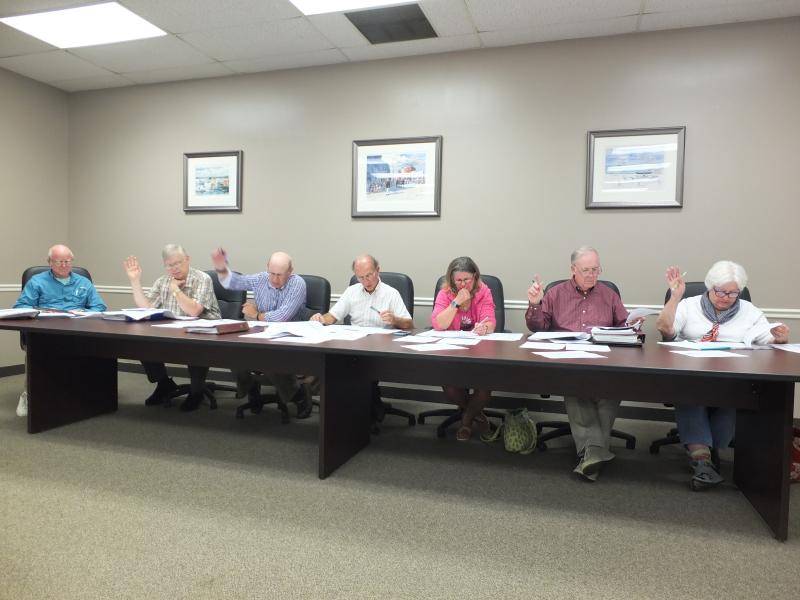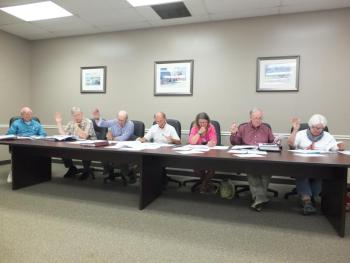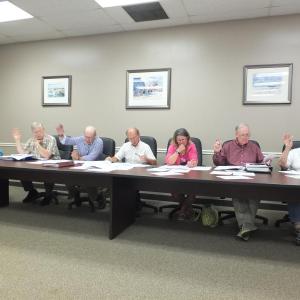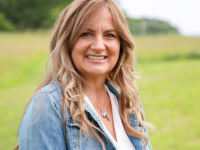Boothbay Harbor Planning Board ponders chicken, egg
The Boothbay Harbor Planning Board fielded two requests Aug. 9 — Jeff Sampson’s application to expand a deck at 61 Barrows Road, and Rahul Anand’s application for an amendment to a previous approval at the former bowling alley property at 19 Bridge St.
Sampson’s home is a non-conforming structure in the shoreland zone, but because the proposed deck expansion is within the closest point of the structure to the shore, the board’s initial concerns were alleviated. The proposal passed unanimously.
The second was an amendment to Anand’s previously approved application, which would allow real estate signage and informational signage to show what the property will look like. The amendment was passed unanimously with the condition that the informational signs label the art as “conceptual” or as an “artistic rendering.” The real estate signage is for residential and commercial leasing, Code Enforcement Officer Geoff Smith said.
The board’s other business began with a look into codes and ordinances dealing with unruly poultry.
“I took the South Portland land use code chapter pertaining to domesticated chickens, and also saw Kittery and Falmouth (land use codes). I don’t know which came first — the chicken or the egg,” quipped board member Chris Swanson on which city’s ordinances came first.
The issue stemmed from an unnamed Boothbay Harbor resident who asked if the board and code enforcement officer could do anything about a neighbor’s disorderly chickens.
The rules Swanson brought forth would limit residents to six hens and no roosters. Property owners would have to have enough land to place a coop no less than 20 feet from property lines and must seek a permit for a coop.
“This is basically for a domesticated animal that’s serving as a pet, not for livestock,” Swanson said.
Board members also expressed interest in the idea of adding a minimum land ownership requirement for residents who wish to raise chickens. “I can’t see somebody with a quarter of an acre lot having six chickens,” said member Jon Dunsford.
Swanson disagreed, saying South Portland, Kittery and Falmouth have all had the same ordinance without any noted issues as would be detected by amendments or changes.
“They would have these (chickens) the same way that they would have a dog,” said Swanson. “They would be a pet.”
After briefly debating the husbandry of chickens and the duties and responsibilities of enforcing such a code, the board decided to bring the code to the public in some capacity in the near future.
Briefly touching on density requirements in the business district, the board once again discussed the merits of changing the minimum square footage to allow businesses to operate in smaller spaces.
“I will take the ordinance exactly as it is, I’ll redact ‘10,000,’ I’ll write ‘1,000,’” said Dunsford, adding, he will keep the minimum density requirement for residential dwellings at 10,000 square feet in the business district.
Board members said the concern about also lowering the square footage necessary for dwellings is similar to the concern that led to prohibiting dwellings on first floors in the business district— it could lead to living quarters taking over business space.
The board meets next on Wednesday, Sep. 13 at 7 p.m.
Event Date
Address
United States
























